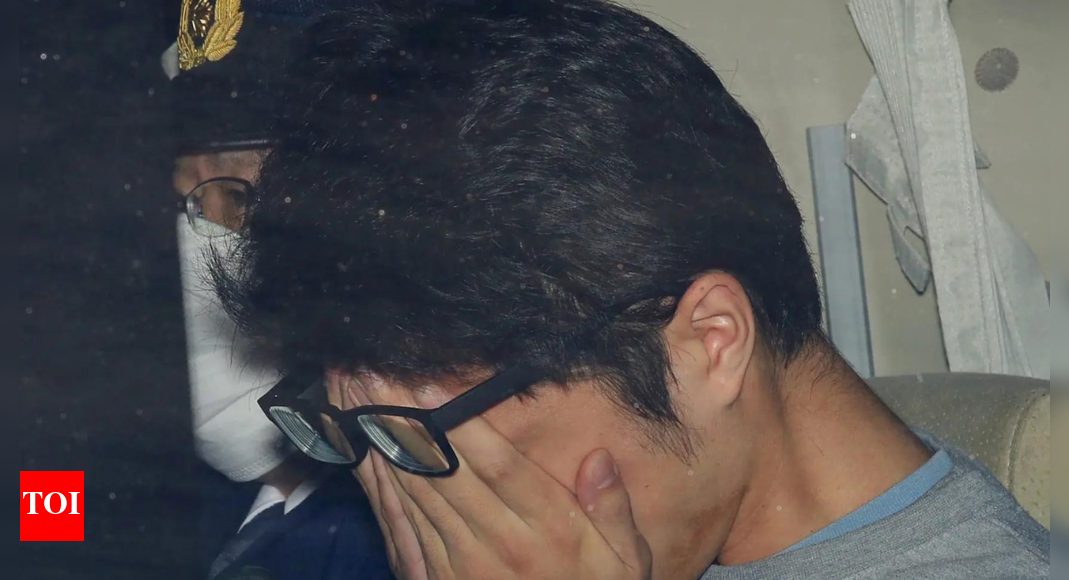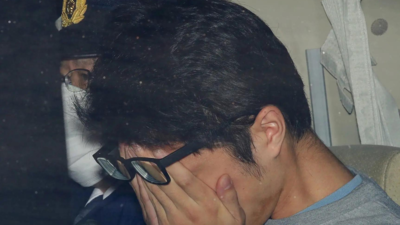He called himself the “hangman” on Twitter and offered to help people in pain. But behind that twisted mask of sympathy was one of Japan’s most cold-blooded serial killers. On Friday, Takahiro Shiraishi, infamously dubbed the “Twitter killer”, was hanged for the murder of nine young people he met through social media, in a case that shocked the nation and reignited debate over the country’s secretive death penalty system.Shiraishi, 34, was hanged at the Tokyo detention house, with the execution carried out in secrecy and announced only after it was completed. The victims, eight women and one man, aged between 15 and 26, had all expressed suicidal thoughts online. Shiraishi often responded to such posts with messages like “Let’s die together” and used a handle that loosely translated to “hangman.” His profile read: “I want to help people who are really in pain. Please DM [direct message] me anytime.” the Jiji news agency reported.
House of horrors
The case came to light in October 2017, when police investigating a missing woman discovered human remains in Shiraishi’s Zama apartment. Body parts were stored in coolers and toolboxes, sprinkled with cat litter in an attempt to mask decomposition. Local media described the flat as a “house of horrors.”He used to lure them to his apartment near Tokyo, where he raped and killed the female victims, also murdering one woman’s boyfriend to silence him. Justice minister Keisuke Suzuki said the murders were driven by Shiraishi’s “sexual and financial desires,” and involved “robbery, rape, murder, destruction of a corpse and abandonment of corpse.” He added that the crimes caused “great shock and anxiety to society.”
Defence brutally rejected
Shiraishi’s legal team had argued that the victims had consented to die due to their suicidal thoughts and hence demanded reduced sentence on the basis of “murder with consent”. They also raised concerns over his mental state. However, the court dismissed both claims. He pleaded guilty in court, stating he had killed the victims to satisfy his own sexual desires, according to NHK and TV Asahi.The judge called the acts “cunning and cruel,” stating that Shirashi preyed on “mentally fragile” individuals and violated their dignity.
Public reaction
The execution has caused the resumption of public debate on Japan’s use of the death penalty. Executions in Japan are always carried out by hanging, and currently around 100 inmates remain on death row. Japan and the United States are the only G7 countries that still implement the death penalty.Shiraishi’s hanging follows other high-profile executions in recent years. In 2022, Tomohiro Kato was executed for a 2008 rampage in Tokyo’s Akihabara district that left seven dead. In 2018, Japan executed cult leader Shoko Asahara and 12 members of the Aum Shinrikyo sect, responsible for the 1995 sarin gas attack on Tokyo’s subway system that killed 14 people and injured thousands.




